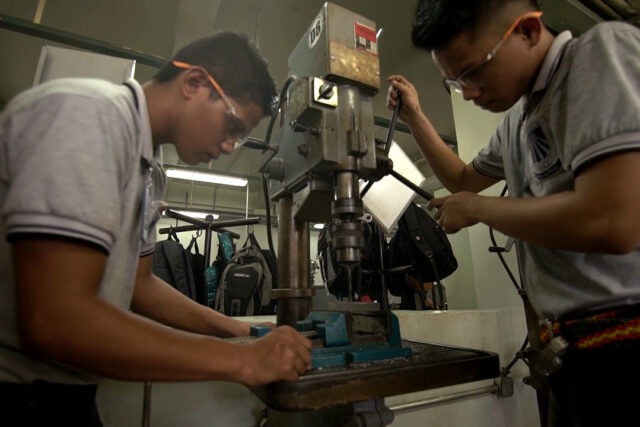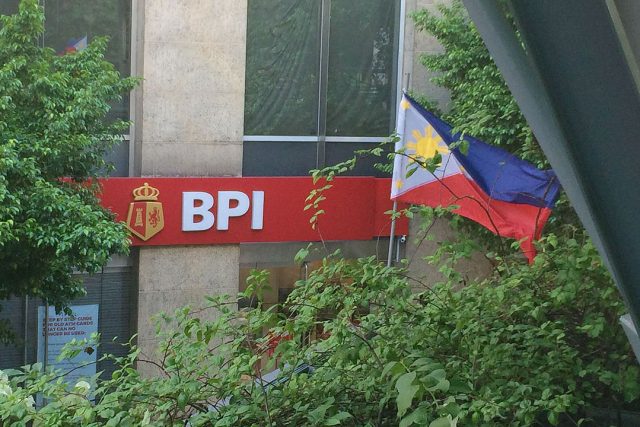BRADLEY COOPER’S Oscar-nominated Maestro focuses on the man considered the “first great American conductor,” Leonard Bernstein, who composed such diverse works as West Side Story and Candide.
Alongside Todd Field’s Tár (2022), this is another high-profile recent film centering on the life of a conductor, putting classical music in the spotlight.
Both films feature Bernstein prominently, as the protagonist of Maestro and the mentor of the fictional Lydia Tár. However, a third composer-conductor looms in the background of both films: Gustav Mahler (1860-1911).
This notable presence of Mahler poses the question: Why does the music of Mahler remain so popular and moving to this day?
Mahler’s significance includes his inventive modernism and highly expressive writing that communicated emotions shaped by his fascinating (albeit melancholic) life — and the turbulent history surrounding how his work was received.
(See: http://tinyurl.com/4cny9tjn)
POWER OF MAHLER
In Maestro, Mahler is not explicitly discussed, but his music features prominently in the film, with a climactic reenactment of Bernstein conducting a triumphant finale of Mahler’s Symphony No. 5 performed by the London Symphony Orchestra in Ely Cathedral (near Cambridge) in 1973.
Maestro frames Bernstein’s experience of Mahler’s finale as being so powerful it reignites Bernstein’s relationship with his wife, Felicia Montealegre Bernstein. Bernstein was instrumental in pioneering the revival of Mahler’s music.
(See: http://tinyurl.com/2scb7pzr )
FROM VIENNA COURT OPERA TO NEW YORK
Mahler worked mainly as a conductor of operas, notably his 1897 appointment as director of the Vienna Court Opera (now the Vienna State Opera). From 1908-10, he held an appointment at New York’s Metropolitan Opera.
He spent his summer vacations composing in rural Austria, leading to many of his works being inspired by the Austrian countryside.
However, being Jewish, Mahler’s career was tainted by antisemitism, and he was forced to resign from the Vienna Court Opera owing to the deteriorating treatment of Jews in Europe.
Upon his arrival in New York in 1908, the Metropolitan Opera also hired Italian conductor Arturo Toscanini, limiting Mahler’s actual appearances as conductor. In New York, Mahler faced xenophobia directed at his Austro-Bohemian identity, owing to the anti-German sentiment in America at the time.
After about a year of a serious heart infection, Mahler died in 1911 at the premature age of 50. Shortly before his death, Mahler had planned an early retirement, where he had intended to dedicate himself to composition and completing his Symphony No. 10.
(See: http://tinyurl.com/ypp6nyyw)
MODERNIST PIONEER
Today, Mahler is in the canon of post-Beethovenian symphonists, but this was certainly not the case during his lifetime.
Mahler was a pioneer of radical modernist developments in fin-de-siècle Vienna, alongside Richard Strauss and Arnold Schoenberg. Together, these artists foreshadowed the musical expressionism of the 1910s.
Twentieth-century musical modernism can be defined as a radical change from past forms, culminating in a marked break with tradition.
Mahler did this partly by:
Augmenting compositions in length and sheer scale. His gargantuan Symphony No. 8, dubbed the “symphony of a thousand” due to the large numbers of musicians and diverse array of instruments required, including an enlarged percussion section, organ, harmonium, and piano together with mass choir and vocal soloists.
Mahler employed a variety of extra-musical sounds from the world, including bird songs and horn calls. A notable example is Mahler’s use of cowbells that evoke the Austrian Alps in both his Sixth and Seventh symphonies. This foreshadows sound art and the liberation of noise as music that emerged later in the 20th century.
Mahler was a pioneer of progressive tonality, where the key changes from start to finish. This technique challenges traditional tonality, where there is a “home key.” These new techniques expanded Mahler’s musical language, allowing him to play with the listener’s expectations and create a greater range of musical expression.
(See: http://tinyurl.com/y56cx9r8)
EXPRESSION AND EMOTION
Mahler believed that music could express emotions where words failed. He wrote in 1896 that:
“…as long as I can express an experience in words, I should never try to put it into music. The need to express myself musically — in symphonic terms — begins only on the plane of obscure feelings, at the gate that opens into the ‘other world,’ the world in which things no longer fall apart in time and space.”
His symphonic works are filled with a variety of music forms, with different characteristics, including operatic highpoints, rustic country dances, playful scherzos and mournful marches.
To facilitate Mahler’s expanding expressive musical language, the composer wrote very long and precise instructions on his scores.
REDISCOVERY
From the 1960s onwards, Mahler’s music gradually regained more recognition for the first time since his death.
Firstly, in 1960, in a concert honoring Mahler broadcast on CBS, Bernstein introduced Mahler as not “one of those big popular names like Beethoven or Gershwin or Ravel.” But Mahler soon achieved status alongside these composers, certainly eclipsing the popularity he experienced in his own lifetime due to a number of factors.
Bernstein claimed to have rediscovered Mahler, and subsequently pioneered Mahler’s symphonies. Bernstein said Mahler incorporated “the manners and customs and ways of thinking and feeling of both East and West …. His music shows the influence of Mozart, and Schubert and Wagner — all the great German and Austrian composers.”
(See: http://tinyurl.com/y636auwr )
Bernstein continued to demonstrate Mahler’s unique incorporation of musical ideas from Roma, Slavic, Jewish, and Chinese musical cultures.
This cross-cultural musical engagement and a quest to express a unity that could encompass dissonance and difference was one of the parallels Bernstein saw between himself and Mahler.
Bernstein, an American Jew, demonstrated his own passion for multicultural immersion and engagement in West Side Story (1957) and MASS (1971).
Secondly, the German philosopher Theodor Adorno wrote Mahler: A Musical Physiognomy in 1960. Adorno considered Mahler’s Bohemian childhood, personality, and his sociopolitical context alongside Mahler’s music.
Lastly, In 1971, Luchino Visconti’s film, Death in Venice included a famous opening scene of Mahler’s Adagietto from Symphony No. 5 accompanying a steamship arriving in Venice at sunrise, bringing Mahler’s music to a global audience. The film is adapted from a 1912 Thomas Mann story which contains many allusions to Mahler.
(See: http://tinyurl.com/594zf8pa )
Decades later, Mahler’s musical power still endures.
Aidan McGartland is a PhD student and research assistant of Music Theory at McGill University. He receives funding from McGill University and the Ramsay Center for Western Civilization.












